Whether you’re working at home temporarily or permanently, these handy Home Office Tips are sure to help boost your productivity & make WFH more enjoyable!
As the pandemic enters a new wave, many of us have gone back to working from home, and for many of us, the WFH phase never ended!
And that may prove to be the case in the future as well. Canada’s job hunt site Workopolis found in a survey that 90% employees believe working from home got more done than being in office. The HR firm Mercer’s survey on US Flexible Working Policies & Practices found that 70% of employers are thinking about adopting a hybrid work model.
So looks like work from home is here for the long term. From makeshift workspaces in 2020 to full fledged home offices today, home design trends are also changing to make way for this change. As James Clear says in his book ‘Atomic Habits’, our environment plays a big role in our success, and that applies to our home office setups as well.
Is your home office setup to boost your productivity? Do you find yourself constantly putting out fires or being distracted with one thing or the other? Well, whatever your challenges are, we have today a list of home office tips that can solve them, and help you get more work done in less time. Let’s build a home office that works as hard as you do!
20 Home Office Tips to Boost your Productivity
1. Find the Right Spot
Okay, this is the NUMBER ONE thing to consider when thinking of home office tips to boost your productivity. You need a distraction-free, quiet spot away from the hustle and bustle of everyday life.
Ideally, you should have a room with a door you can close, probably an unused room like a guest room. However, this isn’t always possible, especially in city apartments. In that case, get a designated spot for yourself as a home office, and keep it for nothing but work. It could be a corner of any room in your house where you can place a desk and chair.
Now, what if you don’t even have the space for that? No problem, there are many ways to hack an office space within your home. You can install a sturdy shelf at table height inside a cupboard or closet which you can keep closed when you’re not working. Or you can install foldable desk that folds out of the wall, like a Murphy bed.
Wherever you choose to setup your home office, try to keep it away from the TV room or kids room. Opt for a room that doesn’t get frequent traffic, like a kitchen. If you can, set up movable room dividers or hang a curtain to demarcate your space from the rest of the room.
2. Choose the Right Colors
Colors aren’t just decorative; they can also affect your mood, and in turn your habits. For instance, red and orange denote high energy, while blue is soothing. However, don’t just go and paint your walls orange to stay upbeat all day at work – you’ll end up going crazy!
Your home office is a space where you’ll be spending a considerable amount of your day, so make sure it is setup in colors that’ll keep your mind calm and focused. Green is a color known to boost productivity and it also offers relief to the eyes after staring at a computer screen for long.
Avoid stark white walls – it can actually increase anxiety and be uncomfortable. Go for creams or beiges instead. All dark or black offices look edgy and cool, but they can tire you out.
If you don’t like neutrals but still want a calm atmosphere, go for colors like lavender, baby pink, light grey or sky blue. Or you could try neutral walls and add bright colors like red and orange in art or accents.
3. Bring in Plants
You’re probably familiar with the jungle-like home office spaces on Instagram, where a tiny table is nestled in the midst of what looks like a mini rainforest! While you don’t need to go that far, bringing in plants is one of the top home office tips recommended by productivity experts.
The Journal of Experimental Psychology studied office goers in the Netherlands and the U.K. over a period of 3 months. Their findings report that along with air quality, the workers’ concentration, productivity and workplace satisfaction all improved when plants were introduced in the workplace.
The addition of a small desk plant or a floor plant can have a significant impact. If you’re not currently a plant parent, go for easy to maintain plants like spider plant, pothos, snake plant, peace lily, bamboo palm or succulents like aloe vera.
At the very least, try to position your desk so you have a view of the outdoors and can see the trees and shrubs that are outside. Even if they don’t purify your air, they’ll offer the psychological benefits of having plants at your desk.
4. Ensure good Ergonomics
You can’t talk about home office tips without talking about ergonomics! Ergonomics is the combined study of human anatomy and physiology along with psychology to determine the most optimum positions to boost a person’s productivity and efficiency.
You probably already know this, from those tight shoulders, neck pain and hunched back caused by bad posture. There are many factors that may be causing this, the most important one being your chair. Make sure you have a proper office chair meant for working long hours – dining chairs or garden chairs won’t cut it.
You may be making do with a foldable desk or a wardrobe shelf, which is why your chair needs to be perfect. The ideal chair for your home office should have wheels, provide good lumbar support, have an adjustable height, adjustable arm rests and a back that can be tilted. Remember, if you’re uncomfortable in your chair, it will show in your Zoom meetings!
When you sit in your chair, your feet should rest comfortably on the floor. If this isn’t possible, invest in a foot rest to make up for the height and offer your feet adequate support. For more information on ergonomics for the home office, check out the Ergotron workspace planner that’ll tell you exactly how to setup your space according to your height.
5. Protect your eyes
Your work is online, study is online, communication is online, entertainment is online – basically, you’re staring at screens all day! It’s no wonder that it’s taking a toll on your eyes, but you can make small changes in your home office to fix this.
Most people don’t know this, but fixing your posture can get rid of a good deal of eye strain. You can get anti glare lenses for your spectacles, or blue light blocking glasses that block the harsh blue light from screens. If you don’t want to do that, setting up an anti-glare screen for your computer is ideal.
Place the monitor or screen at least 25 inches away from your eyes so they aren’t under any strain. Adjust the brightness on your screen so your eyes don’t have to work extra hard to focus. Make sure you don’t work in a dark room where the screen is the only source of light.
The American Academy of Ophthalmology suggests trying the 20-20-20 rule, which goes like this: every 20 minutes, move your eyes away from the screen and look at an object at least 20 feet away, for at least 20 seconds. You may need to set a reminder initially till you get into the habit of doing this.
6. Declutter your Space
Oh yes, we’ve come back to decluttering! Looks like this is a single shot solution for almost all your problems, including low productivity when working at home.
A study by Current Psychology shows that clutter created negative emotions and was the biggest cause of procrastination. The Society for Personality and Social Psychology published a study which examined many women and found that those with the most cluttered homes had the highest levels of cortisol, the stress hormone.
Working from home combines both these scenarios, which means clutter can have double the detrimental effect on your ability to work well. Things tend to accumulate over time, and without realizing, your productivity takes a dip.
Prevent this by doing a thorough declutter of your home office space and getting rid of all the clutter. Tidy up at the end of every work day, and do a more detailed clean up every weekend.
7. Clear your Surfaces
So you’ve decluttered your office space and have tossed the junk. Now that’s all well and good, but is your main workspace, aka your desk surface clear?
While you may not place things inside your drawers or shelves everyday, you certainly use your desk surface everyday, and you may end up storing too many things on it. Multiple pen holders, chargers, earphones, coffee cups, books and all other kinds of knick knacks may be messing up the one space that can stop you from thinking clearly.
Take a careful look at everything lying on your desk right now. Do you really need every single thing? Maybe your entire collection of markers doesn’t need to be displayed. Maybe you can put away those magazines and unnecessary papers.
If you have kids, you have to be particularly possessive about your desk – or you’ll find your desk full of drawings, candy wrappers and a teddy who’s ‘feeling too lonely’ in the other room!
8. Ensure Adequate Lighting
It is said that lighting can make or break a space in terms of decor, but it is also true when you consider the functionality of your home office and as a result, your productivity.
For starters, you obviously need light to work, and to prevent headaches and eye trouble that come with straining due to poor light. Another important fact that often gets overlooked is that lighting can significantly affect your mood, especially at a time when most of us are going through heightened anxiety.
Make sure you get as much natural light as possible during the day time. This doesn’t just help you save on electricity in the daytime, it is also essential for mental health. If you don’t have sufficient sunlight, a hack you can try is to install a mirror in a position that reflects any little light you get.
Avoid harsh, fluorescent lights and go for warmer, natural hued lights. This can be in the form of desk lamps, floor lamps or recessed lighting, like LED strips. Just don’t go overboard and make it too garish.
If you’re someone who suffers from seasonal depression (SAD), being cooped up indoors can make you feel worse, especially during winters. In such cases, it’s a good idea to go for circadian lighting with a light therapy lamp. This lamp emits light that mimics sunlight during the day and gradually dims as the evening sets in.
9. Make Space for Storage
Even though all work is digital, we still have lots of physical stuff. Books, planners, stationery, gadgets and accessories are just some of the things that need a home so they aren’t cluttering up our desk. (See point 7 above)
If you have a desk, make the most of the drawers that come with it. Else, you can have separate filing cabinets or drawer units with wheels that are easy to move.
One of the most popular home office tips is to make use of vertical space with wall shelves. However, prevent cluttering up these as they can be quite an eyesore. Use large boxes or baskets with labels to corral all your things in separate categories.
Wall shelves are also great for decor items like plants or books. Another tip to make use of wall space is to install a peg board where you can customize your storage options with the various accessories available.
10. Get the Right Monitor
When talking about ergonomics, we saw that keeping your monitor at eye level was important to prevent neck strain as well as eye strain. However, there are a few other things to consider about your monitor to boost your productivity.
You may have seen this on social media, but getting a second monitor may actually double your productivity, especially if you’re handling multiple tasks at once, like writing, researching, designing and others. Keep it identical to the one you have so you can switch between monitors with ease.
If you regularly attend Zoom meetings, it is a good idea to have your webcam at the same height as your monitor, that is at your eye level. This way, it’ll be easier to look into the camera while facing the screen at the same time.
If you’re having trouble with the blue light from the monitor, consider installing F.lux. Like a light therapy lamp, this app automatically alters the color of the light emitted by the screen as the day progresses, warming the light as it gets darker.
11. Check your Tech
When you’re working from home, your tech setup is your lifeline – it either works for you or against you! Any person who’s been working from home for a few years will tell you that their top home office tips includes good tech.
There really isn’t much to think about here – make sure you’re using the latest and most updated versions of everything, from hardware to software. Everything you use has got to be fast, easy and secure. If you want to be productive, you don’t want to waste time with apps that hang or systems that crash.
A few small upgrades here and there can save you a lot of time when you consider the overall picture. Think about the little annoyances you face every day during your work hours and note them down. Figure out ways to fix each one of them and you’ll be surprised at how much more efficient it makes you.
While you’re at it, get noise-cancelling, over-the-ear headphones. In-ear earphones aren’t comfortable and can cause long term damage. Noise cancelling headphones also ensure you get the quiet you need to do your work in peace.
12. Control the Cords
You’ve decluttered your space, cleared your desk and organized everything into boxes and bins. However, if you haven’t taken care of all those cords and cables hanging everywhere, your hard work will be of no use!
Yes, I admit we can’t do without our wires and chargers, but that doesn’t mean we have to see them all the time! Dangling cords are quite an eyesore, and they can easily be controlled with a few small hacks.
You can get those fancy wire bins that hold surge controllers and multi plug adaptors, or you can make one yourself with a shoe box. Fix cord holders under your desk, or fix grommets on the side of your desk so the cords all slide neatly into them.
You can place these cable organizers anywhere you like, so you can create a custom system to manage everything so that they are not visible but are still accessible when you need them. Make use of zip ties as a quick fix for any rogue cords.
13. Get a View
No one likes staring at blank wall all day – it doesn’t do anything for your productivity or your creativity! Ideally, we’d have a large window that overlooks a gorgeous beach or a lush garden, but unfortunately that’s not possible for everyone!
If you do have access to a window, great! Place your desk facing it and you’re done. If not, try to make the space behind your screen a little more interesting. It could be a wire board with inspirational quotes pinned on it, or it could be a large painting. Wall art is a great way to experiment with colors in your home office.
Some people like placing their desk and chair in a ‘command position‘, where the wall is behind the chair and they are facing the door. This may work for some, but it may be too distracting for others. Experiment and try different positions to see what works for you.
14. Add some Aromatherapy
It might sound weird in a list of home office tips, but aromatherapy can have an impact on your productivity and creativity! The sense of smell is a powerful one, and it connects to areas of the brain that process learning, memory and emotions.
The Scientia Pharmaceutica journal published a study that revealed that different fragrances affected a person’s cognitive function and overall brain activity. However, it is important to use the right kind of scents if your aim is to increase productivity and alertness, rather than falling asleep!
Rosemary is the best aroma for improving memory and alertness. Lemon and citrus scents improve mood and keeps you enthusiastic. Cinnamon and peppermint are stimulating and can improve concentration. Jasmine can decrease stress and help you focus on the task at hand.
There are many ways to get the benefits of aromatherapy in your home office. You can light a candle, add a few drops of essential oil to a diffuser or use incense sticks. Besides improving your performance, pleasant smells can also remove the stuffiness of being indoors all day.
15. Consider your Individual Needs
While all the home office tips are generic and can apply to everyone, you may need to consider any particular needs you have when setting up your home office space.
This will depend on many factors, like your job, your working style, your attention span as well as health requirements. For instance, if you regularly have tea or coffee at your desk, you need a coaster to protect your desk. If you do a lot drawing, you need a tablet or gadget for that. If you have to manage multiple papers, you may need a paper sorter.
Consider a regular work day and how your work flows through the day. Think about everything that needs to be at your fingertips, and make space for it so that your desk is functional without being cluttered.
16. Prepare for Productive Breaks
Whatever kind of job you do, one thing you most certainly need is a break – or two! And we’re not talking lunch breaks here, we’re talking about little mini breaks you take after a bout of hard work.
These breaks are essential for your brain and your productivity – it keeps your interest up and also improves creativity. But using this time to check social media is counter-productive. Instead, do something more meaningful that actually gives you the benefit of the break.
The best break is to take a walk outdoors. If that’s not possible, plan for other activities you can do and keep the required materials on hand. For example, you can lift some weights or do some stretches on a yoga mat. Or you could color in a page of a coloring book or do some crossword puzzles.
If you plan for your breaks, you are less likely to scroll through your phone since you are are already prepared. If you try the pomodoro method, these activities would be great after completing four 20-minute sessions or 4 pomodoros.
17. Install an Air Purifier
We often consider our home environments safer than the outdoors, and that is true when you consider a global pandemic. However, indoor air may also be polluted, with VOCs that are emitted from paint and furnishings.
Of course, this is not to say that the air in your home is toxic, but you can improve its quality by using an air purifier. Get one with a HEPA filter that traps even small particles so you can breathe easy. This is particularly important if you suffer from asthma or other respiratory conditions.
Other things you can do to improve the air in your home is to have more house plants like bamboo palm, peace lily or spider plant. Open the windows to allow air to circulate and use ‘green’ cleaners in your home to reduce your exposure to toxic chemicals.
18. Setup a Printing Station
Not all of us need a printer while working at home, but if you do, it makes sense to setup a printer station so you have everything you need in one place and you don’t waste time searching for stuff. Less time wasted = more productivity!
A good idea is to have a rolling cart or shelving unit with wheels to house the printer as well as your papers. This is also a good place to hold other devices like laminators or cutting machines. You can have shallow plastic or wicker baskets to hold papers of different weights or types.
If you are planning to buy a printer for your home office, it’s a good idea to get a multifunction printer that also scans. It may seem a little unnecessary, but once you have it, you’ll be using it more than you imagine!
19. Make it Pretty
Setting up your home office for productivity doesn’t mean it has to be drab and boring with a neutral palette and bare desks. If you want to go the minimalist route, that’s perfectly fine, but if you want to decorate, that’s great too!
Decorating your home office is not as hard as you think. As mentioned earlier, you can make functional things pretty too, like using beautiful baskets or boxes for storage or cute holders for pens. Plants and books can be used as decor objects if arranged properly.
Add patterns in rugs, curtains or cushions, keeping it cohesive and in line with the color theme you’ve chosen for your home office. Let your wall art also reflect this theme, whether it’s a painting or some other form of art.
20. Add Personal Touches
When decorating your home office, don’t be afraid to add your own personal touches to your space. Not only does it make the space more enjoyable to be in, it motivates you and makes the place feel more personal.
If you paint or make some kind of art, go ahead and display your work – it doesn’t have to be perfect, it has to be you! You can put up photographs of great memories or posters that are inspiring.
If you’re putting things on your desk, try not to clutter it up, and be intentional about every piece. The good thing about adding your personal touches is that you can change it up whenever you feel like it, without any effort.
Tips for being Productive when Working from Home
- Don’t work in your pajamas – get dressed every morning
- Set work hours and don’t work outside of these hours
- Set boundaries with your friends and family members
- Keep your phone on airplane mode to avoid distractions during deep work
- Have a note pad or notebook on the side to capture ideas or thoughts as they come
- Keep a water bottle or sipper on your desk
- Try working in a different location once in a while
If these home office tips seem a little overwhelming at first, remember: you don’t have to implement them all at once! Try a few and then move on with the rest. You’ll have to experiment a little to find your groove, but when you do, you’ll love working in your home office and you’ll find that you produce more by working less!

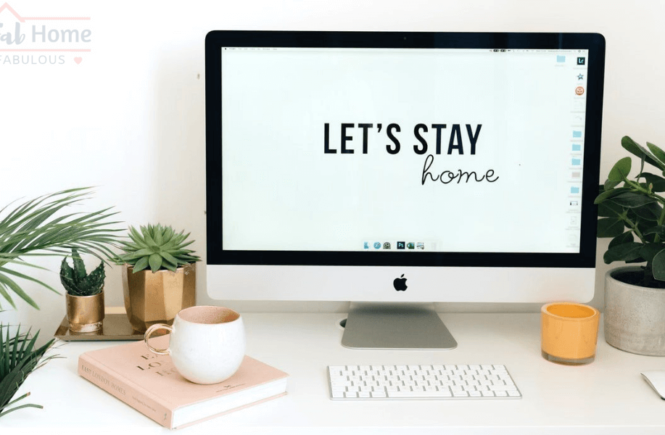
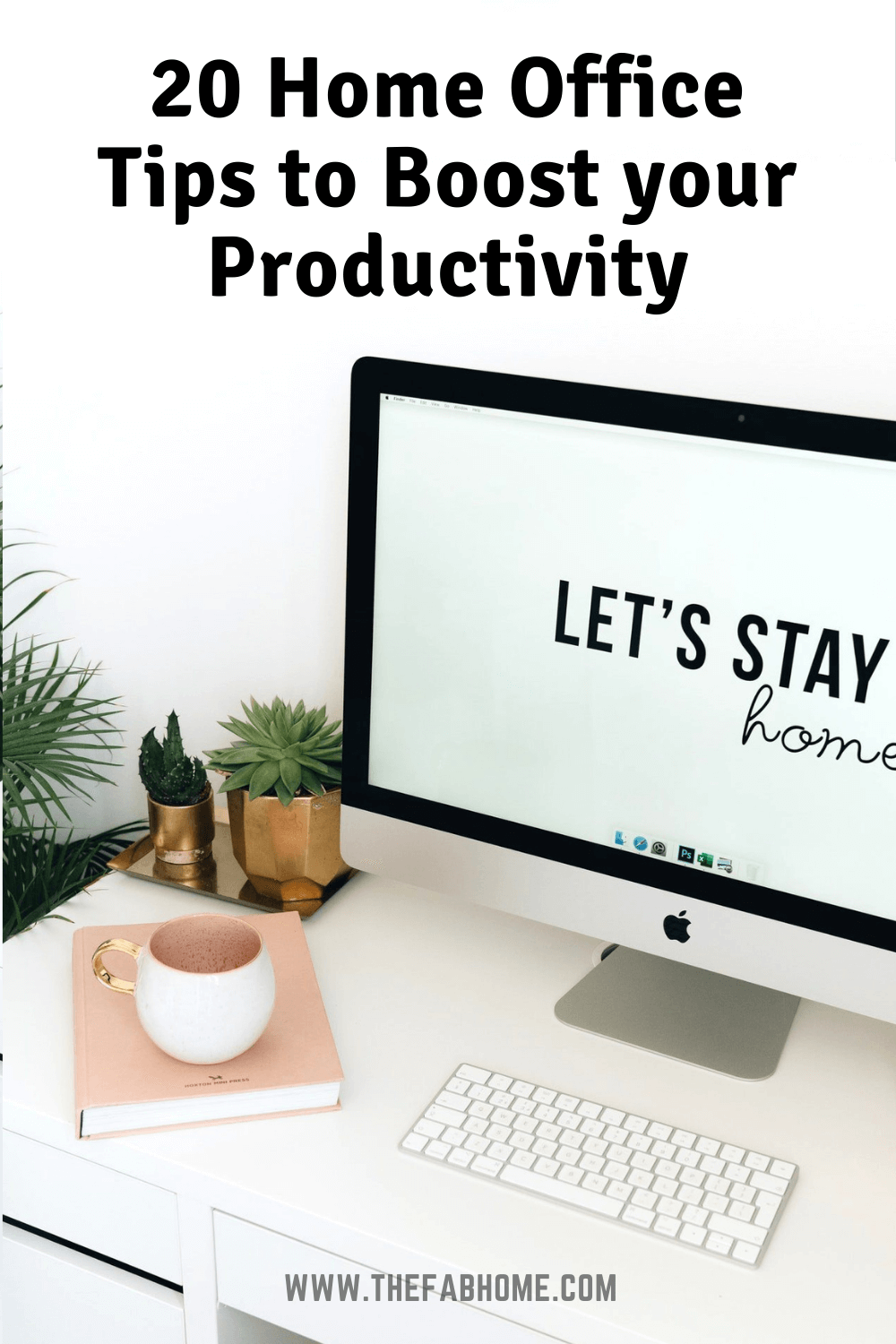
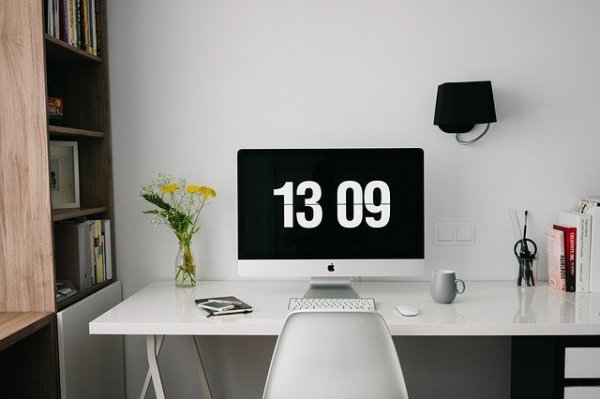
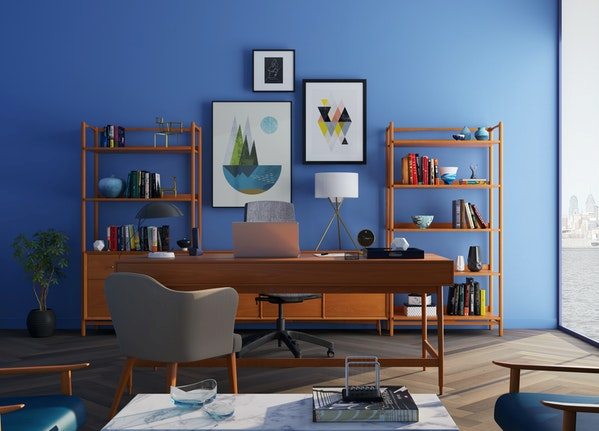
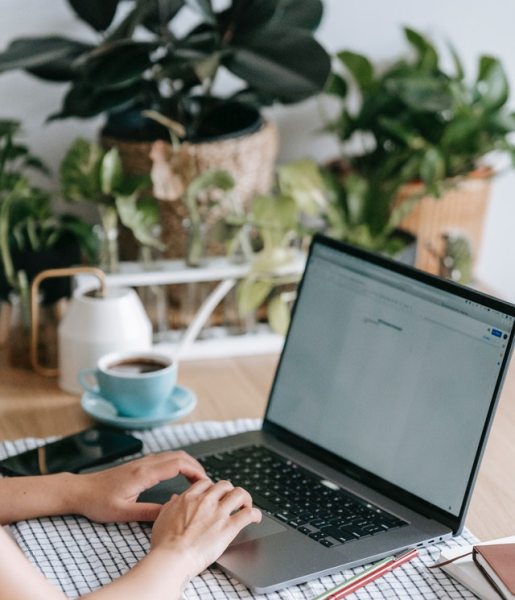

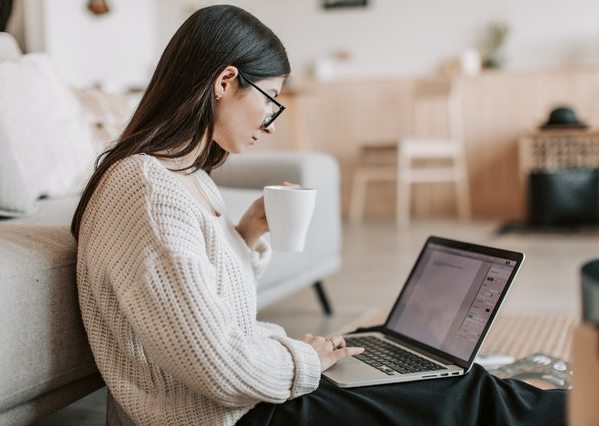
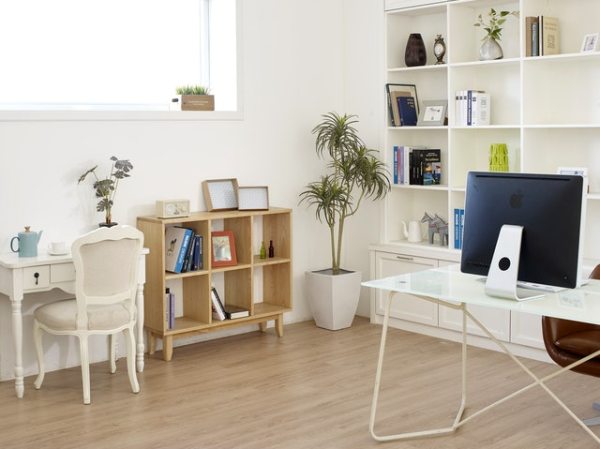
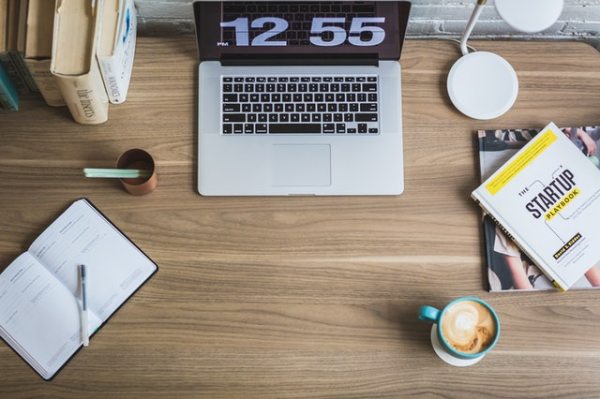
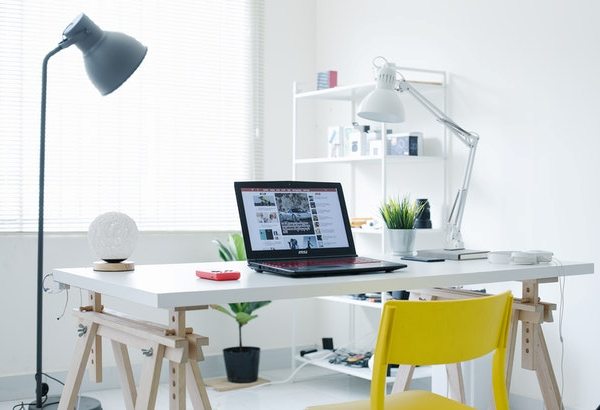
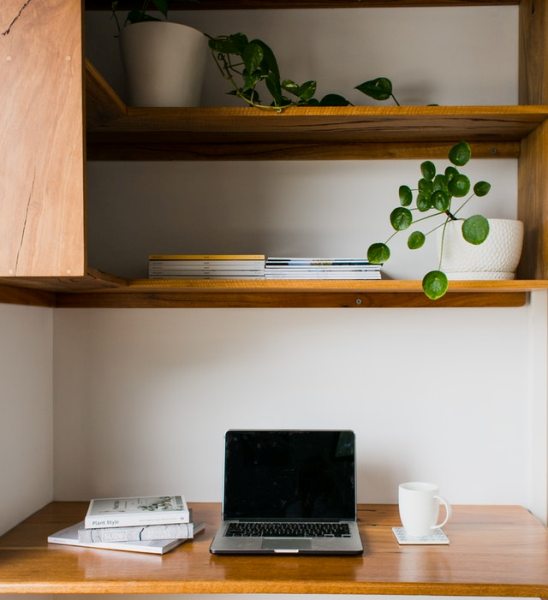
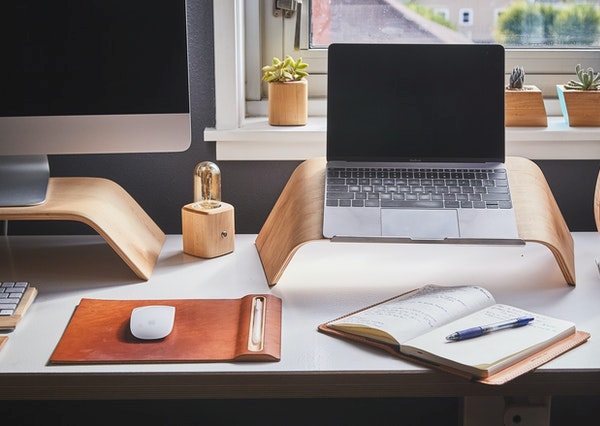
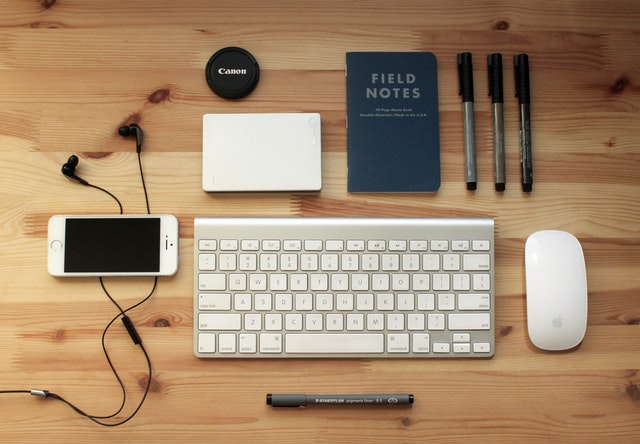
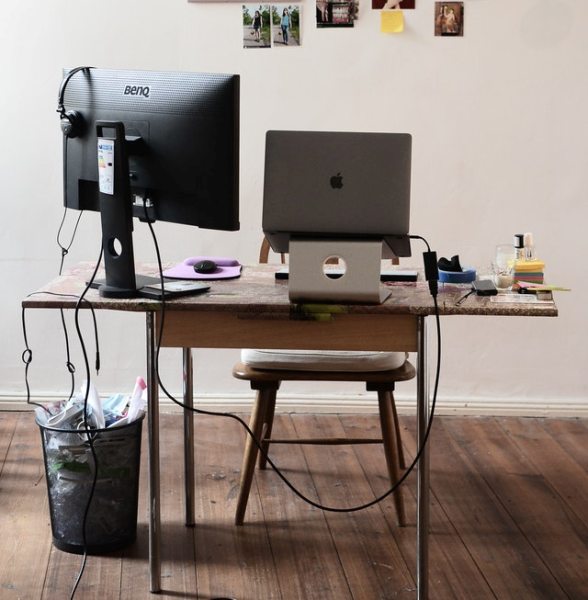
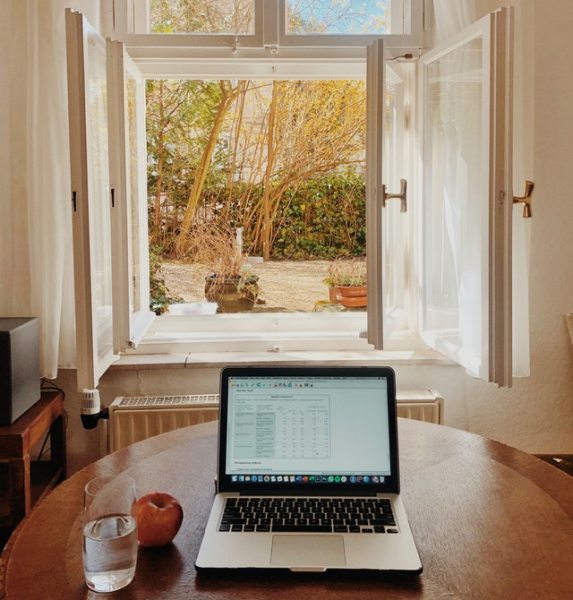
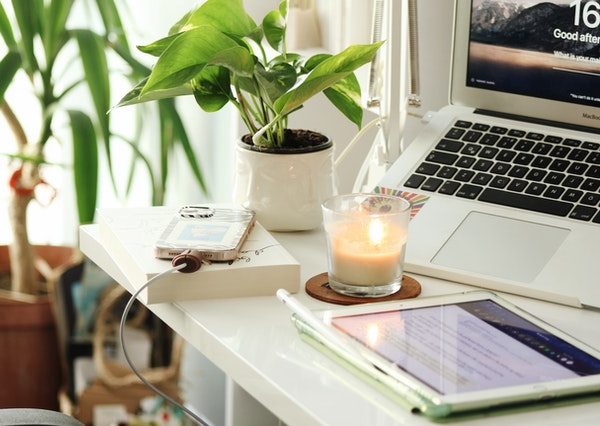


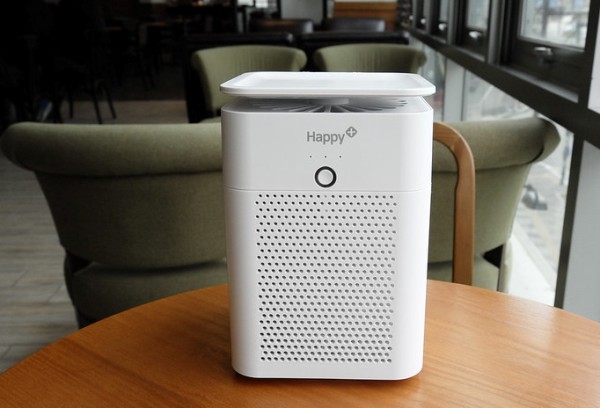
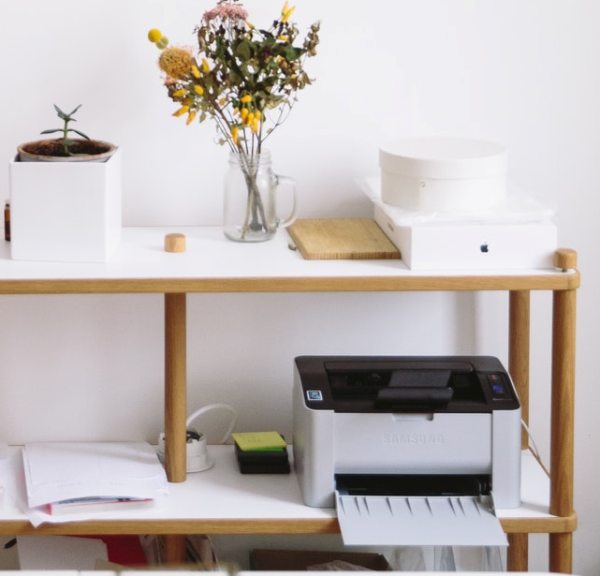
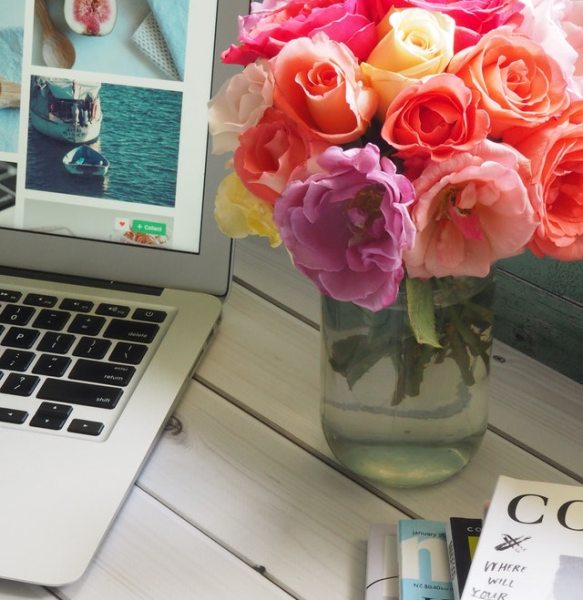
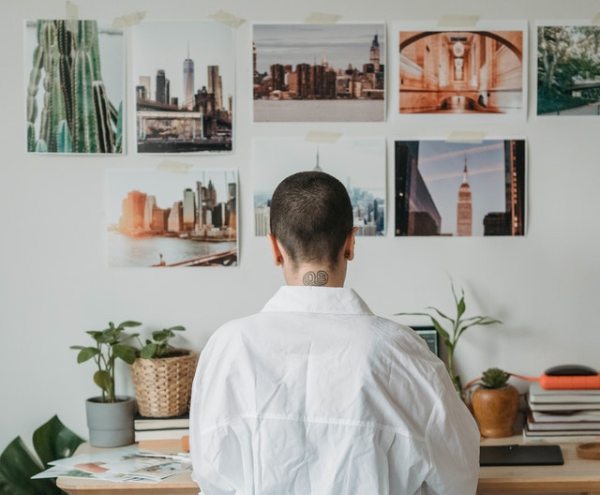
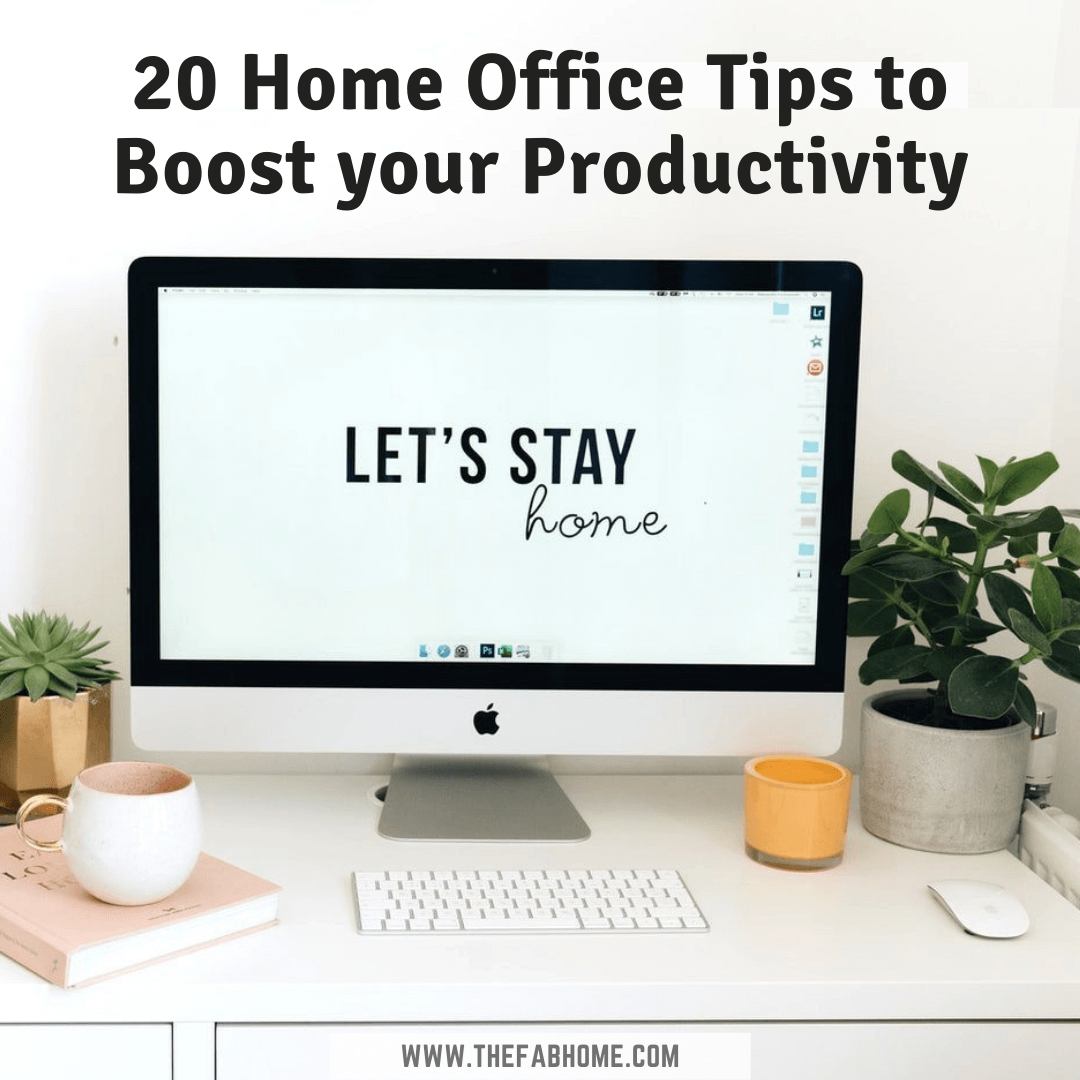


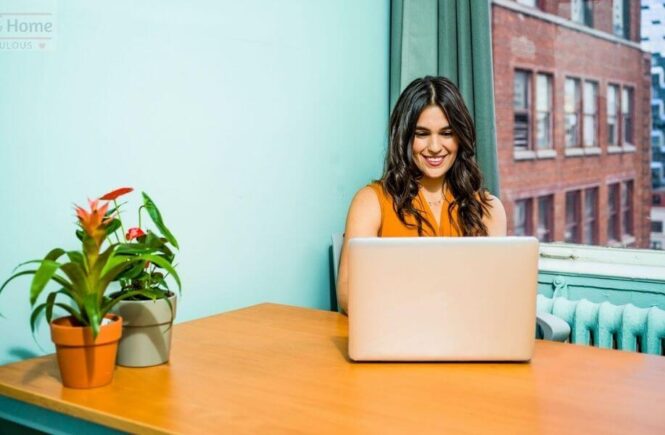

1 Comment
Wonderful tips I can easily use! Thank you so much for sharing.